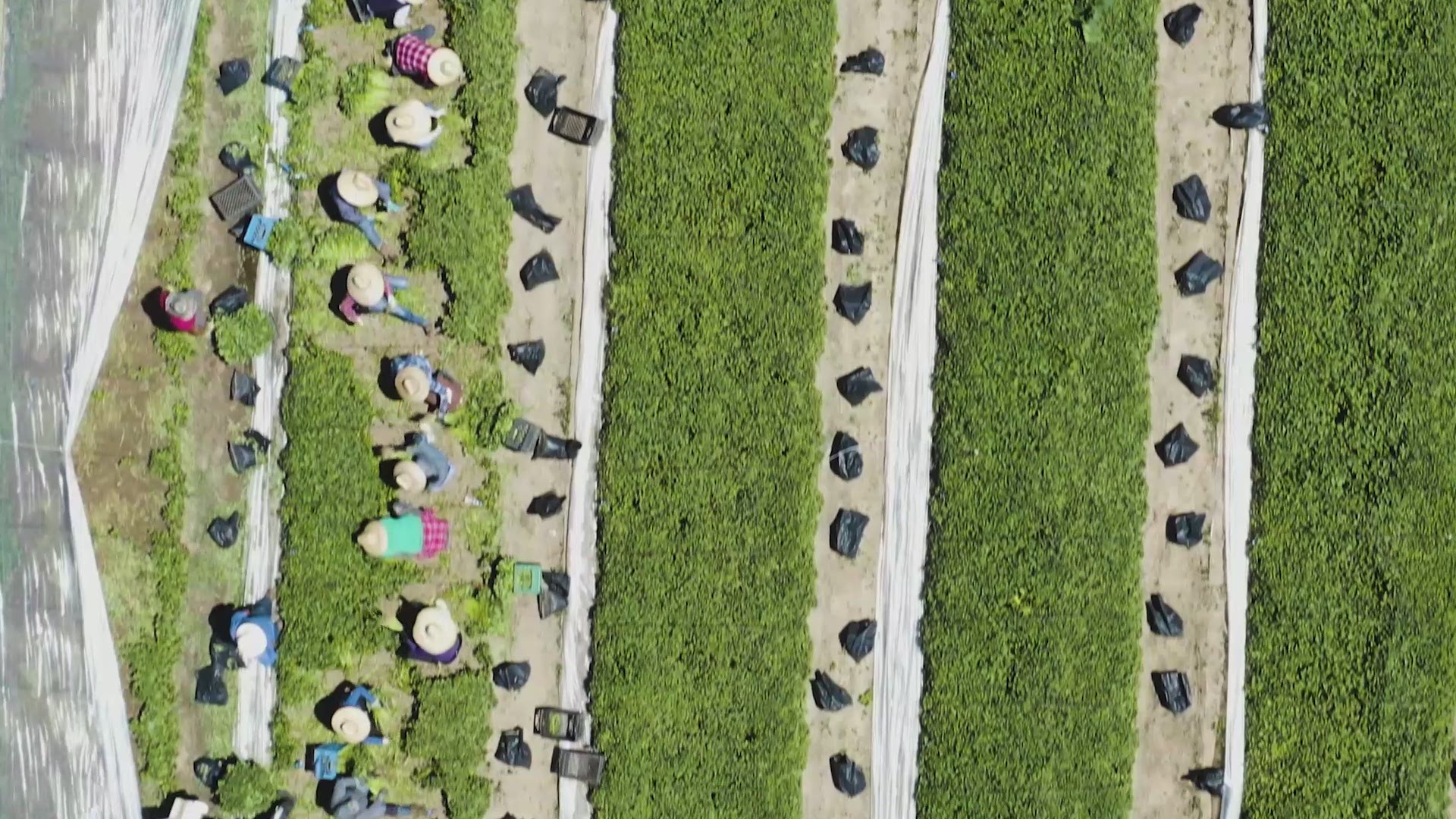OAK PARK, Calif. — They say the virus doesn't discriminate.
Yet, according to the California Department of Public Health (CDPH), within recent weeks people of color have become harder hit by the coronavirus.
While white communities still lead numbers of most infected, Dr. Gil Chavez, CDPH's Deputy Director of the Center for Infectious Diseases, said there has been an alarming uptick in cases among the African-American and Latino communities — something officials are tracking with concern.
"As we've been looking at the data particularly throughout March and April, we have seen a shift in that higher proportion of deaths are happening in communities of color," said Chavez.
Numbers reveal that these communities of color weren't as impacted as they currently are when the pandemic began, just months ago.
Dr. Chavez said that's because many of the first cases of coronavirus were linked to more affluent communities, which have residents who are more opportunity to travel internationally.
RELATED: African Americans are at higher risk for coronavirus nationally. So what about in California?
But as the coronavirus spread throughout California, the trend changed. But why?
Kace Chalmers, a economist and professor at California State University, Sacramento, attributes multiple variables as to why the Latino and African-American demographics have seen an increased infection and death rate from the virus.
"It's sort of a perfect toxic storm," Chalmers said.
One of the most predominant reasons is that people of color make up a significant part of the essential workforce on the front lines.
"If you look at the service industry, or if you look at farm or agriculture workers, they're much more likely to be minority workers," Chalmers said. "You look at the medical staff and people doing lots of close face-to-face contact work with people who are sick and around 30% of [Licensed Practical Nurses and Licensed Vocational Nurses] are African Americans."
According to Kathy Rodriguez Aguirre, President of Sacramento's Hispanic Chamber of Commerce, the Latino community has the lowest percentage among ethnic groups that can work from home during this time.
She said cultural differences may also be attributed to the spread of COVID-19 among her community, which is full of large families who tend to gather in groups.
"Usually, family parties are quite a big gathering," Rodriguez Aguirre said. "Even for a small party, there will be 20 people, and that's just a barbecue. And for other people, that's a whole wedding reception."
Experts say another cause of impact is a loss of connection and communication. It’s not just about a translation of language, but also about providing information to communities from trusted voices, something that both Chalmers and Rodriguez Aguirre noted.
That's why advocates and community members would like to see more direct outreach.
"It's not a question of people not caring and not wanting to do," Rodriguez Aguirre said. "A lot of people think that translation is like, 'Here is English to Spanish.' But there needs to be more than that… really explaining what it is and why it matters."
Other variables include poverty levels. When a family is unable to afford their own home, many of them begin living under one roof, Dr. Chavez said.
"You have in a home that might be pretty small, you have grandma and grandpa, the parents and grandkids and maybe even other people," Dr. Chavez said. "So it makes the density in those housing units much more of a problem if one of those individuals becomes sick."
Crowded homes are often part of lower income neighborhoods, some of which have undergone gentrification in recent years.
Sacramento's Oak Park neighborhood (Specifically the 95817 zip code area, which covers North Oak Park and much of Central Oak Park) is and area that's been hit hard by the coronavirus, according to the Sacramento County of Public Health.
As of April 30, the area has had 73 confirmed cases of the coronavirus. The data used by the county is based on the zip code in which coronavirus patients reported living.
Some residents have other ideas as to why their area is being impacted more.
"We have the hospital, assisted living facilities within a mile or two of Oak Park and these folks are really living in the neighborhoods or near the neighborhoods where they work," said longtime Oak Park resident Joany Titherington.
Michael Blair, with the South Oak Park Community Association said regardless of area, this is a scary time for many in the Black community "because there's a lot of unknown."
"We don't know how many folks aren't tested that need to be tested," Blair said.
Blair said he has been working with county officials to scout sites for testing in Oak Park. It's part of a bigger conversation of a lack of testing in rural and diverse areas, something Governor Gavin Newsom recently addressed head on.
"One of the other vexing and frustrating things is getting into our urban centers and making sure we're getting into black and brown communities and doing justice to people that are also underserved, even in this rich and robust communities," Newsom said during an April 22 press conference announcing an increased number of testing sites throughout the state.
For now, the Oak Park neighborhood will continue to rise and take care of one another, something Titherington said is nothing new in their community.
"In 2014, I had cancer… I felt so honored and so humbled by the meals that showed up," Titherington said. "Those are the beautiful things about our neighborhood and that’s why people are so attracted to it."
FOR THE LATEST CORONAVIRUS NEWS,
DOWNLOAD OUR APP:
►Stay In the Know! Sign up now for the Daily Blend Newsletter



